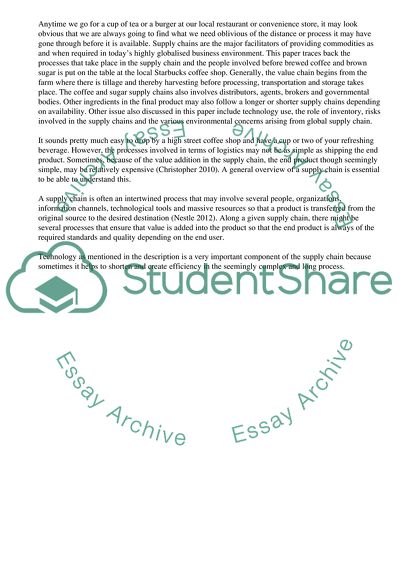Cite this document
(“Brewed coffee and brown sugar from Starbucks: From farm to the table Assignment”, n.d.)
Brewed coffee and brown sugar from Starbucks: From farm to the table Assignment. Retrieved from https://studentshare.org/business/1402516-not-available-please-find-the-attached-file-to
Brewed coffee and brown sugar from Starbucks: From farm to the table Assignment. Retrieved from https://studentshare.org/business/1402516-not-available-please-find-the-attached-file-to
(Brewed Coffee and Brown Sugar from Starbucks: From Farm to the Table Assignment)
Brewed Coffee and Brown Sugar from Starbucks: From Farm to the Table Assignment. https://studentshare.org/business/1402516-not-available-please-find-the-attached-file-to.
Brewed Coffee and Brown Sugar from Starbucks: From Farm to the Table Assignment. https://studentshare.org/business/1402516-not-available-please-find-the-attached-file-to.
“Brewed Coffee and Brown Sugar from Starbucks: From Farm to the Table Assignment”, n.d. https://studentshare.org/business/1402516-not-available-please-find-the-attached-file-to.


